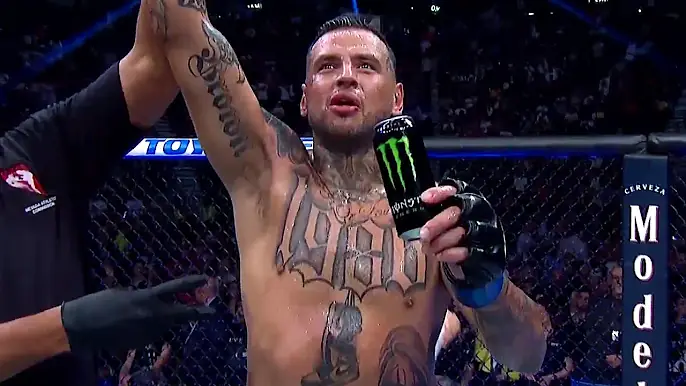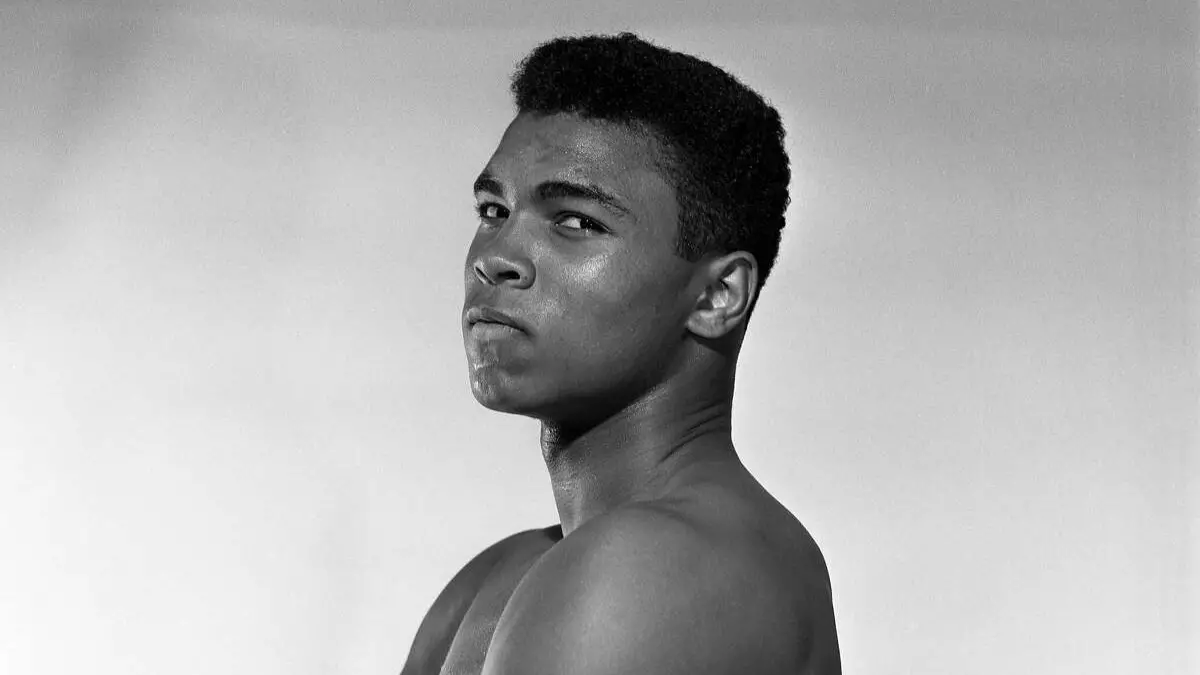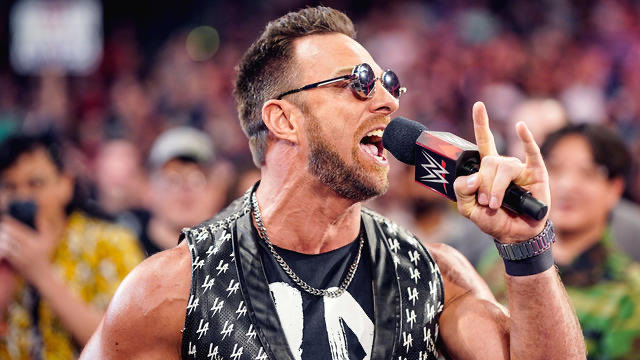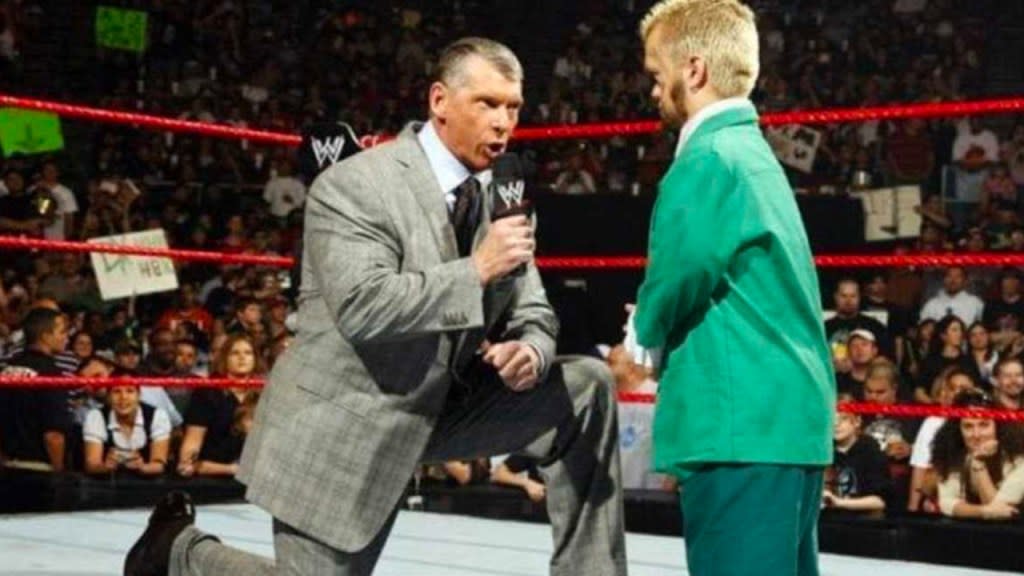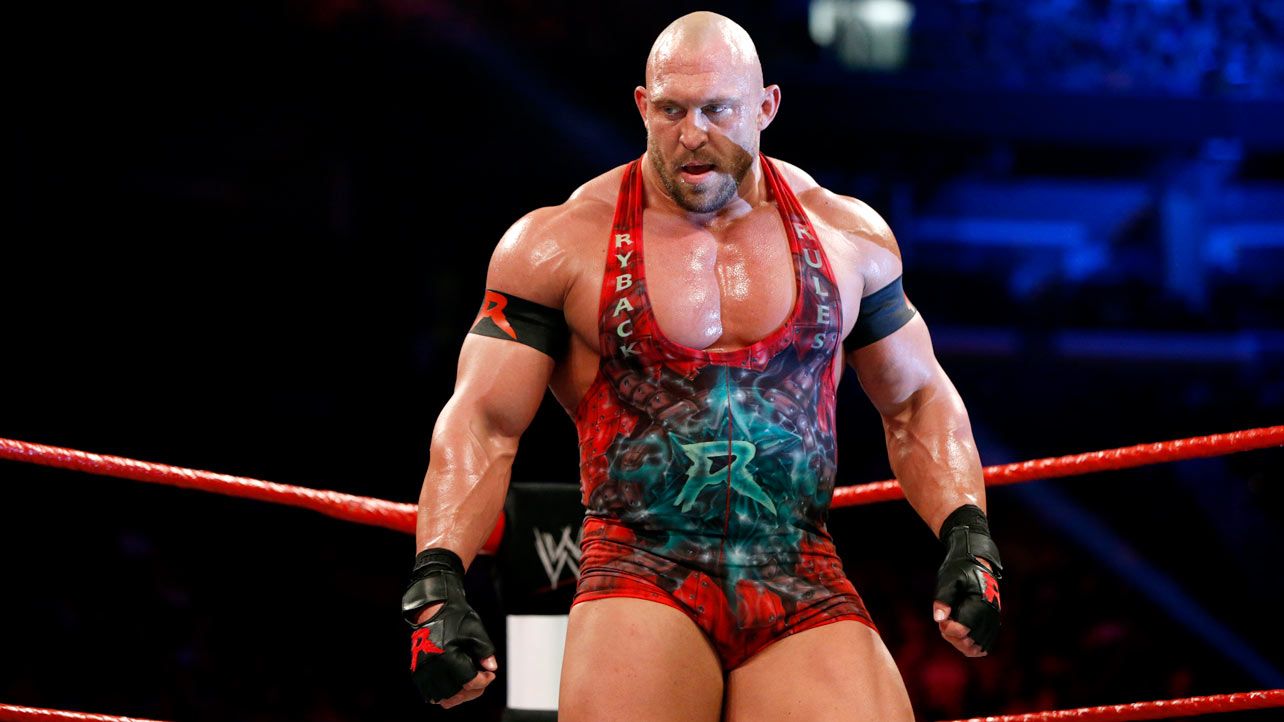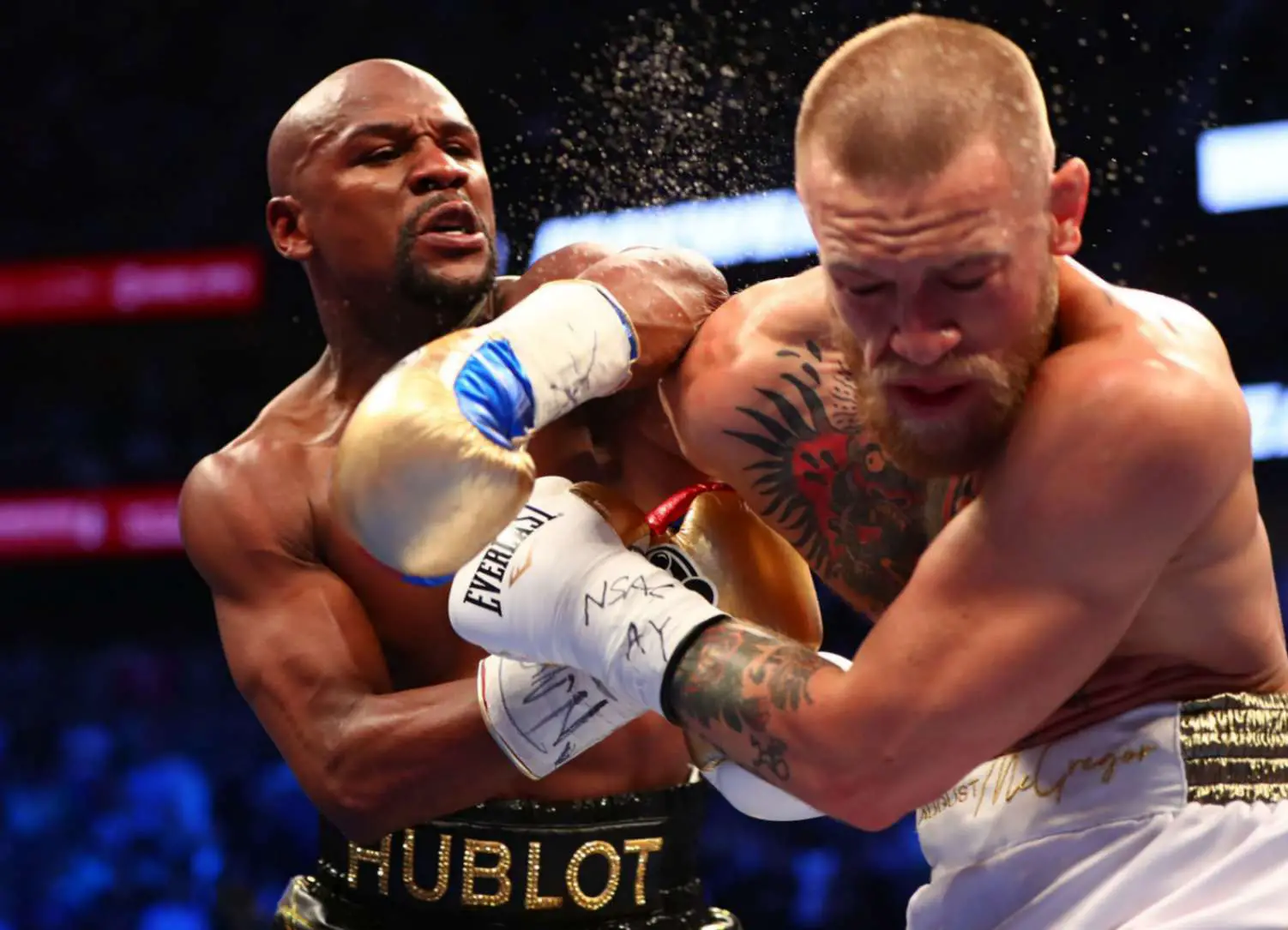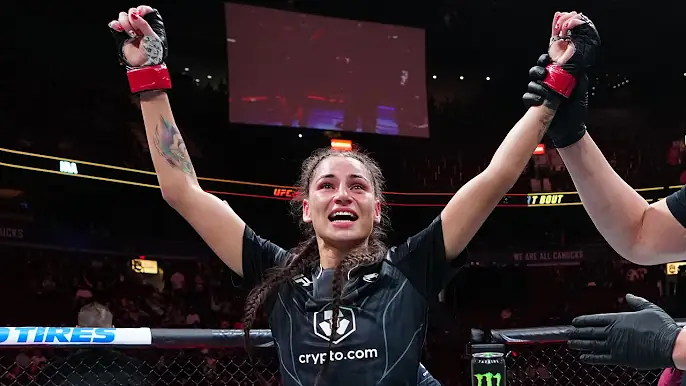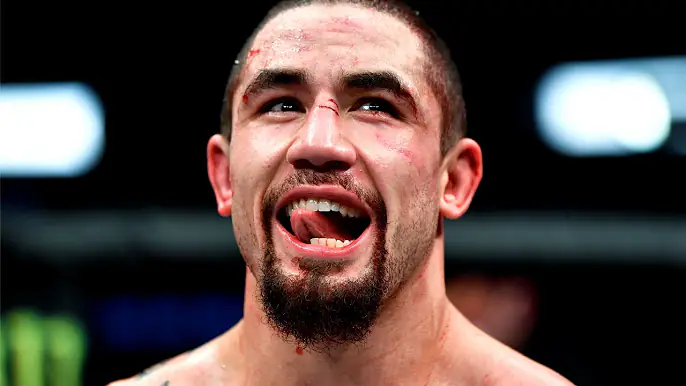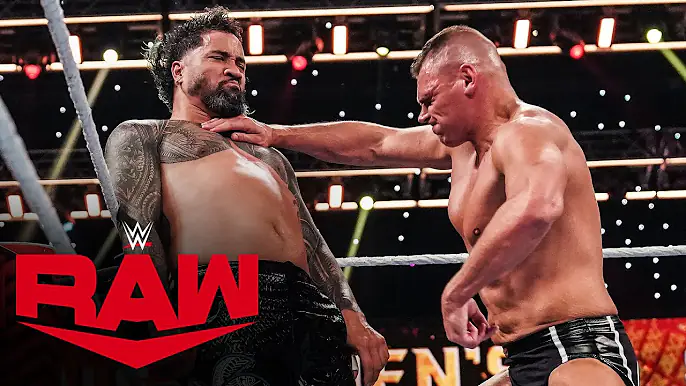Superstar Secrets: How WWE Wrestlers Maintain Peak Fitness
With an iconic body frame and fantastic build, WWE wrestlers are best known for their athleticism and power, with almost superhuman strength and endurance. Staying in shape is not only for show—these requirements are needed for one to withstand the demands of the professional wrestling calendar and its level of physicality. What actually goes into keeping these superhumans so incredibly fit? This is further elucidated in the following article, including the secrets behind the fitness regime that WWE wrestlers follow: the training routines, diet plans, mental conditioning, and recovery strategies taken to ensure peak performance.
The Need for Physical Conditioning in the WWE
Professional wrestling is strenuous mainly physically. To be able to undertake physically challenging skills, such as in this sport, WWE wrestlers are required to possess a distinctive array of strengths, speeds, and agility far beyond a mean person’s capabilities of endurance. Wrestlers also have to keep up a specific aesthetic since this sport is a cosmetic one, balancing muscle mass and functional fitness.
Resistance Exercise
Incredible strength is at the heart of WWE wrestler’s fitness activities. A wrestler should have impressive strength to execute body slams, suplexes, and power bombs on a rival weighing 200 plus pounds.
Many of these wrestlers follow a split routine where a workout is broken up over various days into different muscle groups. A sample week of training would look like:
Monday: Chest and triceps
Tuesday: Back and Biceps
Wednesday: Shoulders and core
Thursday: Legs/Input
Friday: Complete full body
Saturday and Sunday: Active Recovery or Rest
Critical exercises for development include compound lifts, such as deadlifts, squats, bench presses, and overhead presses, which enhance overall body strength and muscle mass. The program also consists of isolation exercises, such as bicep curls and tricep extensions, to promote muscular aesthetics and symmetry.
Cardiovascular Training
Wrestlers have an interest in being able to ‘go’ since they’re often put in a situation to perform inside the ring for 15-30 minutes or more. With cardiovascular training that enhances stamina, wrestlers are offered the needed preparation to build the capability to put forth their maximum efforts over a sustained period in a match.
This typically consists of steady-state cardio and high-intensity interval training (HIIT). Steady-state cardio running, biking, or swimming builds a base of general cardiovascular fitness. HIIT augments many metrics of aerobic and anaerobic fitness by incorporating bouts of all-out activity followed by either rest periods or bouts of low-intensity activity, thereby roughly mimicking the on again-off-again character of a wrestling match.
Ability and Flexibility
Agility and suppleness are critical in staying free of injuries and in performing several complicated moves. Wrestlers work on drills that help increase their agility, including but not necessarily limited to ladder drills, cone drills, and plyometrics.
Flexibility training includes stretching routines, holding yoga poses, dynamic movements, or other exercises that help in the maintenance of or increase in level of flexibility. The ability to perform diverse moves relatively safely through this type of training in wrestling effectively decreased the amount of muscle strain and joint-terminating injuries.
The Role of Diet and Nutrition
Nutrition and diet are essential for building muscles, maintaining energy, and recovering after heavy workout sessions for a wrestler in the WWE. The structure in which these diets are prepared for wrestlers is highly outlined in tasks aimed at sensitizing all the necessary nutrients required to drive the rigorous physical demands.
Macronutrient Balance
Wrestlers are encouraged to enjoy a healthy, balanced diet—which is adequate in terms of macronutrients, namely protein.
Proteins: The requirement for good protein intake is high among wrestlers because they need to repair and grow their muscles. Familiar sources of proteins are: lean meats, fish, eggs, and dairy, and based on plants, there are beans, lentils, and tofu. Protein shakes and supplements are also common in ensuring enough intake.
Carbohydrates: Carbohydrates form the primary energy source for high or intense physical activity. Wrestlers consume complex carbohydrates like whole grains, vegetables, fruits, and legumes to maintain energy levels and support endurance training.
Fats: Avocados, nuts, seeds, and olive oil are designated as healthy fats, crucial for the production and health of hormones.
Meal Timing and Frequency
Eating at regular intervals keeps the energy up and helps in muscle recovery. Instead of three big meals a day, most wrestlers consume five to six smaller meals. This ensures a continuous flow of nutrients, which may maintain the metabolic rate.
This means food intake before and after workouts is very important. A wrestler will prefer a meal rich in carbohydrates and a moderate protein intake to help him before training, primarily intended to help with push-ups. After training, the wrestler will primarily focus on protein and carbohydrates to recover muscles and replenish muscle glycogen.
Hydration
Proper hydration is essential for performance and recovery. Hydration is vital because wrestlers lose gallons of fluid through sweating during both training and wrestling. They drink tons of water throughout the day and use electrolyte supplements when necessary to maintain proper hydration to avoid cramps and fatigue.
Mental preparation and mental toughness
This side separates the good from the great in professional wrestling—the mental one. The athlete has to deal with the anxieties of performing in front of a live audience, stress from high-demand competition calendars, and the constant pressure to stay mentally sharp and motivated.
Mental Toughness
Wrestlers need to become mentally tough to manage the suffering, exhaustion, and stress of their livelihood. Additional approaches to building mental toughness include visualization, positive self-talk, and goal setting. Numerous wrestlers work with sports psychologists to develop strategies that help them remain focused and manage stress.
Mindfulness and meditation
Mindfulness and meditation practices help wrestlers stay in the present moment and manage the anxiety or stress that wandering thoughts may accompany into the past or future. Attention and stress can also be heightened through mindfulness practices so that there can be a positive effect on a wrestler’s mental health. Guided meditation or even just the practice of good breathing techniques and utilizing ways of staying centered and present are good tools for a wrestler in the ring and around the ring.
Work-Life Balance
It is essential to strike a balance between personal commitments and professional life to benefit mental health. Being on the road often, sometimes for weeks or even months can be a big challenge. Giving importance to setting up some routines, keeping in touch with family and friends, and having a little time for relaxation and hobbies helps keep mental health intact and ward off burnout.
Recovery, Injury Prevention
Due to the physical nature of wrestling, recovery and injury prevention are two of the most important tenets of a wrestler’s fitness program. Appropriate recovery allows wrestlers to continue competing at a high level and also results in prolonged careers.
Resting and Sleeping
Adequate rest and sleep are key factors in recovery. Sleep is when our body is repairing, building, and helping muscle growth, as well as consolidating learning and memory. Wrestlers aim for a restorative 7-9 hours of sleep per night and take naps to help ensure proper rest.
Key Post-Work
Activation recovery means participating in light activities that ensure blood flow and muscle recovery without exerting much extra strain on the body. For example, a selection might include stretching, walking, yoga, and swimming. It supports a decrease in muscle soreness and a rise in the flexibility of muscle movement.
Physical Therapy and Massage
Regular physiotherapy sessions are fundamental to work on recent injuries, mobility, and long-term efforts against chronic pain. A wrestler quite commonly works with a physiotherapist within the framework of creating an individualized recovery plan. The approach also includes massage to remove muscle tension, open the circulatory system, and develop a state of relaxation in the body.
Cryotherapy
Commonly used recovery methods include cryotherapy and heat therapies. Cryotherapy is a practice that involves the use of frigid temperatures to reduce inflammation and muscles soreness. In contrast, heat therapy involves hot packs or saunas to encourage blood flow and muscle relaxation.
Health Food Supplements
Nutrition: Supplements aid in the recovery process, providing the body with those vital nutrients that it might not necessarily get from the foods taken in. Commonly taken supplements are protein powders, branched-chain amino acids (BCAA), glutamines, and omegas. Wrestlers also supplement many of the vitamins and minerals behind the diet in beefing up nutrition and good health.
Case Studies from WWE Wrestlers’ Fitness Regimens
These regimens provide detailed information on how WWE wrestlers stay at peak fitness. Here are some details on the kind of fitness regimens some of the top WWE superstars in the front row use.
John Cena
John Cena is responsible for much admiration attached to strength and hotness. This is due to the very tight exercise and dieting schedule he keeps.
Bodybuilding: This is a typical traditional bodybuilding routine followed by Cena; he works for the different sets of muscles on other days of the week. He places much focus on heavy compound lifts like squats, deadlifts, and bench presses.
Cardio: Cena does steady-state cardio, such as biking, running, etc., for maintaining cardiovascular fitness. Men’s Physique: CARDIO: Cena.
Diet: Cena has an extensive diet consisting of proteins from lean meat, fish, eggs, and protein shakes. Cenas also fuels his workouts with quality sources of complex carbohydrates like oatmeal, brown rice, and vegetables.
Mental Conditioning: He builds mindfulness activities, together with visualization techniques, which are vital to keeping focused and controlling the pressures his career puts on him.
Becky Lynch
Becky Lynch lives a conditionally fit life and maintains a diet full of:
Functional Band Training: Lynch has integrated kettlebell swings, functional core exercises with battle ropes, and agility drills in her training to help improve general athleticism and ring performance.
Strength Training: Lynch goes to the gym for weightlifting with overall body movements, not avoiding exercises that enhance her overall well-being.
Cardio: Lynch keeps doing HIIT workouts to sustain her cardiovascular fitness and keep her wind up.
Diet: In her diet, she included enough lean protein, complex carbohydrates, and healthy fats. It is also good not only about what goes into the mouth but also meal timing plus the importance of staying well-hydrated.
Recovery: Lynch utilizes a good balance of rest, active recovery, and physical therapy to stay clear from injuries and ensure that she maintains optimal performance at all times.
Roman Reigns
Reigns is known for his power and conditioning. Here is a comprehensive fitness regime that he goes through:
Strength Training: Heavy lifting does for Reigns what any individual needs to do—it maximizes his capability in doing squats, deadlifts, and bench presses, but also concerns the performance of Olympic lifts like clean and jerks, for building explosive power. As for the cardio, Reigns usually alternates in training with steady-state cardio and HIIT for engrossing cardiovascular fitness.
Diet: High protein, including lean meats, fish, some eggs, and protein supplements, which contain only the necessary amino acids. High sources of complex carbs and healthy fats are needed daily to support nerve synapses, which are vital in training and recovery.
Mind Conditioning: Reigns practices mindfulness and visualization techniques to manage stress and keep his focus.
Recovery: Being prepared for the following days with rest and active recovery, physiotherapy, and nutrition supplements, in order to maintain optimal performance or avoid injuries.
Conclusion
Being at the peak fitness required to match up as a wrestler of the WWE involves inculcation of plenty of all kinds of training to gather physical strength, agility, flexibility, cardiovascular fitness, nutrition, mental training, and recovery. The requirements for the professional wrestling business are just humongous, and so the improvement in fitness and performance should be constant. Desired to be the very best performer possible, these WWE Superstars go to any extent, through carefully planned training regimens, appropriate diets, and advanced recovery techniques, to entertain millions the world over. Being dedicated to fitness and health is excellent motivation: A successful life guide in the demanding world of professional wrestling has much to do with the mind and the body.

